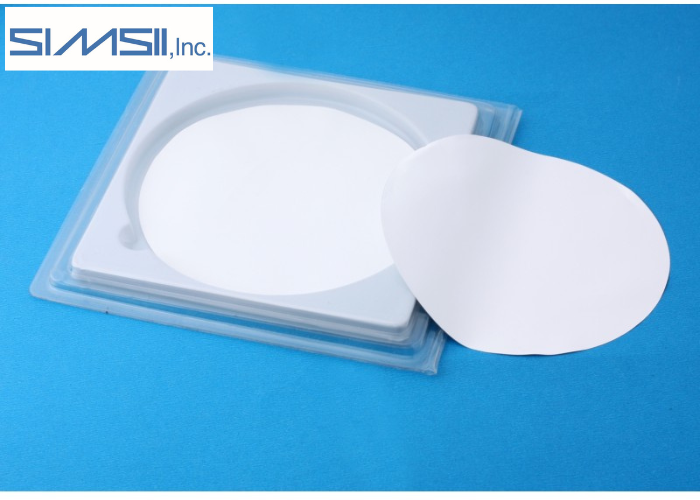
Want to know about membrane filters? If yes, with this blog post, you are at the right place, where you may come to know all about membrane filters along with their types and uses. Membrane filtration use pressure to force any kind of liquid or fluid through a porous or semi-permeable membrane. The whole process is helpful in the separation of individual matter suspended from the soluble and fluid components. Membrane filters have different ratings for each pore size, and these membrane filters are known as microporous films and membranes. Their different names are screens, microporous filters, or sieves, and they exclusively carry microorganisms and particles bigger than pores size through surface capture.
Users can see several filters for these membranes that include cellulose acetate, PTFE membrane, and more utilized in different laboratories.
Classifications of Membrane Filters
Membrane filters are available in different categories. Individual manufacturers and companies build disparate products. It will help you to learn about these products to know which product suits your business. If you want to identify which one works better, you can take the help of lab people.
Cellulose Acetate
Cellulose acetate contains cellulose diacetate and triacetate. These filters have high strength, a lower static charge, and are sterilizable. These varieties of membrane filters are usable in diagnostic cytology and filtering enzyme solutions. Cellulose acetate is also helpful in membrane filters that involve a study of receptor binding and enhances the recovery of some gram-positive and fastidious organisms.
Mixed Cellulose Esters
Mixed cellulose esters consist of cellulose acetate and cellulose nitrate. Their nature is pure, highly porous, and quick wetting time too. These mixed cellulose esters are convenient for various application purposes, like contamination, analysis, monitoring, microbiology, and sterilization of biological fluids.
Teflon (Polytetrafluroethylene)
Teflon filters contain billions of microscopic pores and form a 3D shape similar to a spider web. Its structure is porous and ideal for applications that need non-stick and water-resistant filters to remove particularly from the membrane surfaces. This material helps to collect the smallest particles and permits water and optical airflow entry for reliable filtration.
Coated Cellulose Acetate
Coated cellulose acetate involves cellulose acetate that spread over the non-woven polyester support. These membrane filters are known for lower condition charge matrix and improved chemical compatibility. These filters can be employed as prefilter or distilling filters.
Hydrophilic PTFE
These filters maintain maximum ph and chemical resistance. They are optical and provide high flow rates when wet. Hydrophilic PTFE membrane filters are utilized for HPLC and different types of mixtures for organic and aqueous solvents.
Hydrophobic PTFE
Hydrophobic PTFE filters are thin and porous and act as complete retentive membranes. They can be chemically aggressive because they remain inert with strong bases, acids, and solvents. These categories of membrane filters use for venting gas, and air, sterilizing gases, or clarification and sterilizing acids and stronger solvents. And these are not compatible with other membrane filters.
Final Words
Knowledge of different membrane filters and their use will help the users to achieve their business goals. With the help of this blog, users can grab complete knowledge of membrane filters. If you are searching for the best filtration for your business, Simsii, inc can help you with the best service you need for your business.


